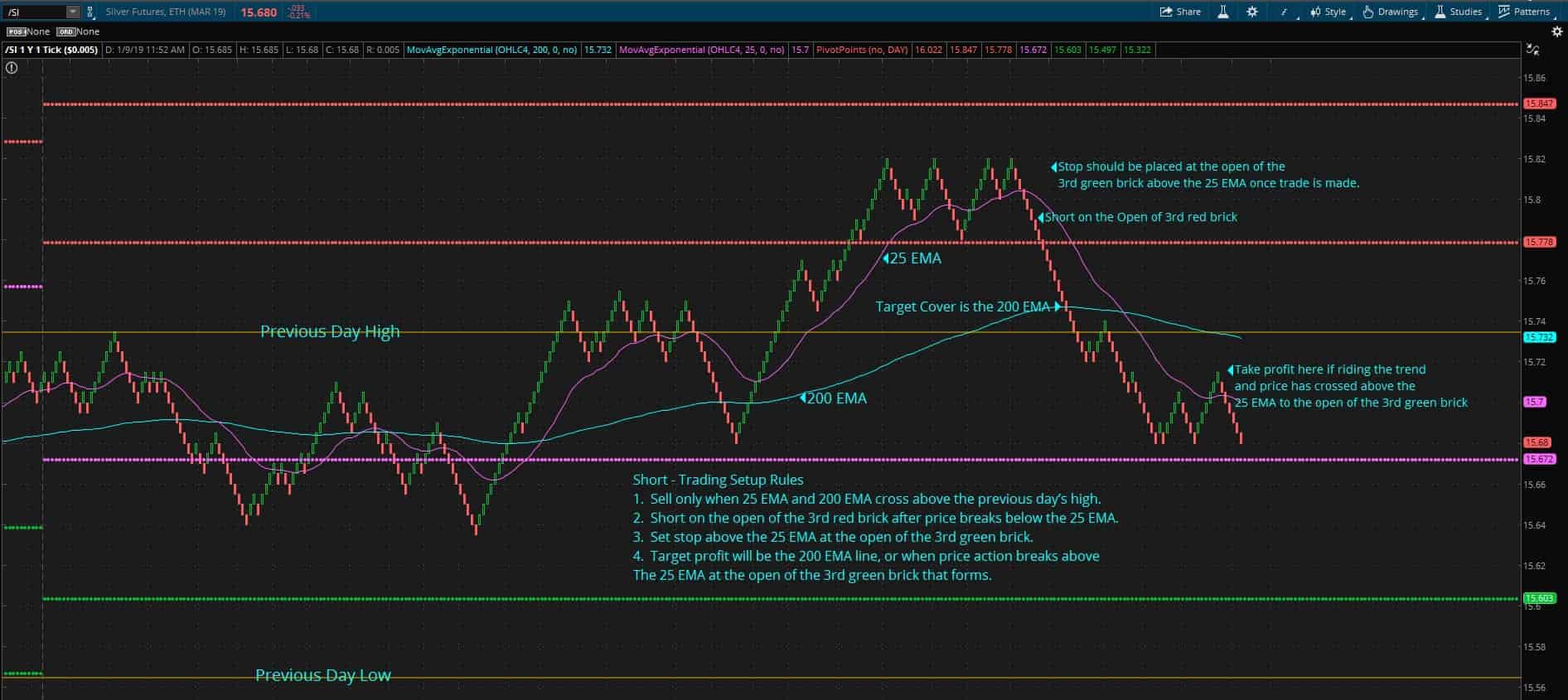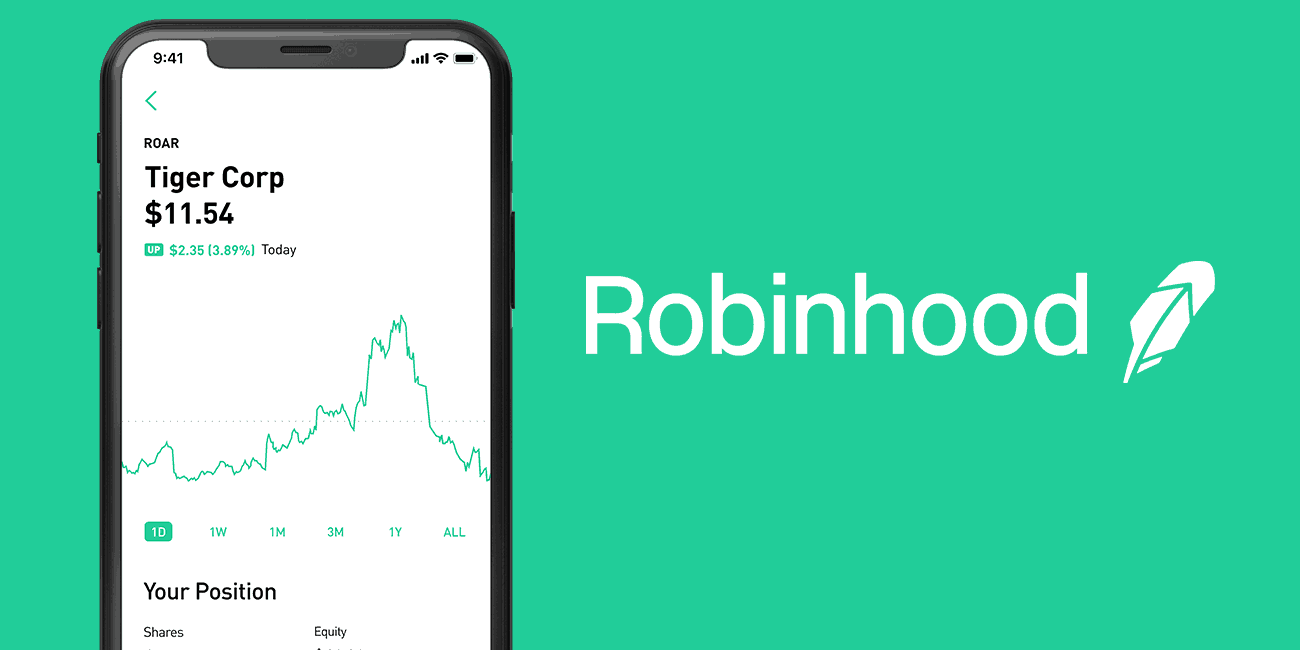Disclosure: Privacy Australia is community-supported. We may earn a commission when you buy a VPN through one of our links. Learn more.
Beginner’s Trading Guide in 2024

Are you looking for financial freedom, or at least a little passive income? Online trading has provided new opportunities for Australians with a little basic knowledge and some disposable income to expand their financial security and build a nice little nest egg. However, it’s easy to feel a little intimidated at first?
There are so many terms to learn and quality online trading platforms to explore. The goal of this guide is to provide the beginner with enough information to begin trading with confidence. You could even set up an account with a trading platform and begin today.
With the number of mobile trading apps and ways to invest, you can make money or monitor your accounts from any device, and you’re not limited by geography or restricted from world markets.
Table of Contents:
- Benefits of Trading Online
- Terms You Need to Know
- Types of Digital Trading Platforms
- Trading Mistakes to Avoid
- 10 Steps to Trading Success
- Final Thoughts
Benefits of Trading Online
There’s always a little risk involved when you’re investing money. After all, buying stocks or speculating on money markets is a little like gambling. especially if you go into it blind. You won’t have the guidance of a licensed broker to steer you away from shaky investments, either.
It can also become addictive or cause you to invest too much, too fast, and in the wrong things.

How much you can make as an online investor in Australia depends upon three things:
- What type of markets you trade. Stocks can give you a higher return on your investment (ROI), but the best Forex brokers allow you to get involved with less money.
- How much money you have to invest. Your ROI is going to relate to how much you invest, among other factors. Obviously, someone with $30,000 lying around and a diverse portfolio is going to gain a much larger return than someone who puts $3,000 into the market.
- How much time you put into learning the ropes and trading. If you’re looking for a consistent income, you’re going to have to put in some time. Sure, you can get lucky as a part-time trader, but you still need to learn how to read markets and develop a strategy. The more time you put into learning the ropes and working the markets, the greater you chances of building a steady, long-term income from your investments.
Although there’s a chance you could lose money if you invest without some knowledge and a plan, there are quite a few benefits to online trading.
- You’ll incur fewer fees. Although some online brokers still charge a small fee per trade, you’re still only paying an average of $7 per trade rather than high brokerage fees and commissions.
- You’ll avoid “broker bias”. Some brokers steer you toward investments that may be more beneficial to them than to you.
- You have more control and flexibility over your investments. Online trading involves many types of opportunities, and you can begin immediately.
- Everything happens in real time. There is no waiting for the markets to open or your favorite business news program to come on the air.
- You have access to online tools. Formerly, only licensed brokers had access to information and trading technology. Now, these things are available to anyone with an internet connection. There are tools that can monitor markets and send real-time notifications, help you set margins, and provide you with information you need to make investment decisions.
Terms You Need to Know
In addition to knowing the laws and regulations regarding day trading in Australia, there’s also a lot of terminology involved.
Stocks: Equity investments that allow you to purchase shares in a publicly-traded company and share in its profits. You can also short a stock which basically means hedging against an increase in the share price increase.
Bonds: Bonds are funds that you loan to a company or government for a fixed period. They can be cashed in at the end of the term for their face value plus interest or rolled over. Terms can be anywhere from several months to years.
FOREX markets: FOREX stands for Foreign Exchange Currency Markets. Basically, you’re betting on the value of a specific currency against another currency.
Day trading: Buying and selling stocks or other investments within a single 24-hour period rather than establishing an ongoing strategy. There are several types of day trading, with FOREX trading being the most well-known and widely used.

Other day trading strategies include:
- Range trading by using resistance and support levels to make decisions
- Scalping, which involves making several small purchases and frequent sales throughout the day in order to turn a quick profit
- High-frequency trading (HFT) by using algorithms to exploit deficiencies in long- and short-term markets
- News-based trading by following future trends and hot streaks that ate in the news
Bull or Bear? This is a bit of jargon that’s tossed around casually among seasoned investors, financial news commentary, and any film that has a stockbroker in it. What it basically means is how strong the market is over a measurable time period. A long run in prosperity is considered a Bull Market. On the other side of the coin is a Bear Market, which is an extended period when the investments are in decline. If stock prices fall by a rate higher than 20 percent for more than two months, those are the characteristics of a Bear Market coming on.
Long or short? If you invest money with the objective of holding onto your investment to sell for a profit at some future date, you’re long game. Short sales are those investments that are with the intention of buying them back later when the price drops.
Margins: These are a type of loan granted by a broker to allow investors to leverage their investment. With a margin, you can enter larger markets and experience bigger profits.

Trade setup: The type of trade setup you use will help you identify trading opportunities, spot trends, and determine entry points. There are several types of setups, but they all involve four key points:
- The ability to follow chart patterns with confidence
- Identifying and following trends to flow with the markets and minimse losses
- Building a strategy and sticking with it rather than flitting from one platform or investment to another. Consistency is key to solid trading.
- Keeping updated by using online tools and analytics to monitor your investments daily
Buy and sell orders: The internet gives you the freedom to invest regardless of time or borders. But, there are still rules for when to buy or sell. Some of the orders have time restrictions, while others are limited by price. You can also use automation to establish triggers that initiate actions based on your strategy. For example, you can set an investment to be purchased or sold based upon a specific price or percentage of loss/gain.
Some of the most common orders are:
- Limit orders:Limit orders allow the investor to set the buy or sell price, and no trade will happen until that price is reached
- Market orders: Orders for a stock to be sold at the current price regardless of any other factor. These are the least expensive type of order.
- Stop loss orders: Orders that require a sale once the investment reaches a set figure below the current market value of that investment.
- Good til canceled: Your parameters and orders are in place until you cancel them.
- Trailing stops: Similar to stop orders, these are set as percentages for loss rather than the market value. The percentage follows your investment as the value rises.
- All or none orders: Sets a stipulation that any sale or trade will not proceed unless it can be completed in its entirety.
- Day orders: Unlike good til canceled orders, day order expire within the day they’re initiated. If the terms aren’t fulfilled, you have to re-enter the order to the next day.
Types of Digital Trading Platforms
Not all digital trading platforms are created equally. You’ll find a range from well-known behemoths like Charles Schwab or Ameritrade to platforms that are suited to younger investors without a lot of money or experience, like Robinhood. There are also a number of trading apps and mobile investment platforms.

Just keep these things in mind when looking for a trading platform:
- Don’t choose something based on FOMO (fear of missing out) on something everyone else is doing
- Find a platform that’s easy to use and secure
- Look for functionality and additional features, like analysis and reporting
- Choose a platform that has a solid reputation and stability
- Only use platforms that have great support, 24-hour availability, and a range of contact methods
If you want to venture outside of Australia for your trades, it helps to have a VPN installed on your devices and networks. This will mask your IP address and provide you with some extra privacy and security. You’ll also be able to trade beyond borders and time zones. Just make sure that you follow any applicable rules regarding day trading, both inside and outside of Australia.
Becoming familiar with these will help you avoid legal as well as financial jeopardy. Although we can’t tell you which markets or platforms are best for your money and tolerance for risk, we can at least point you toward some solid VPNs to protect your online privacy and guard your information. In addition to failing to protect your identity and data, there are a few mistakes that could end up costing you money.
Trading Mistakes to Avoid
Learning the ropes doesn’t guarantee financial freedom. But, knowing what to avoid will save you a lot of anxiety and possible loss of money.
- Never invest money you can’t afford to lose
- Have an investment strategy
- Don’t wait for the “right time” to start trading
- Remember that behind every ticker symbol is a company. Look into any stock before investing
- Don’t forget that consistency is key. Dumping a stock in a panic or flitting from one investment to the next are no way to build a portfolio.
- Remember that trading isn’t a fad or a part-time opportunity. It’s somewhat risky but potentially lucrative way to improve financial stability and should be approached with research and commitment.
10 Steps to Trading Success
Day trading isn’t for dabblers. It involves consistency, strategy, and a fair bit of luck. Remember, you won’t won’t have a personal adviser to hold your hand if the markets get shaky or do the legwork for you.

However, the better your strategy and ability to white-knuckle through the inevitable downturns and minor setbacks, the more likely you are to realize a lucrative, stable source of income.
1. Arm Yourself With Knowledge
Successful investors immerse themselves in trading news, whether that involves reading trade publications, making a wish list of stocks and tracking their performance, or knowing basic trading procedures.
2. Determine Your Risk Level
If you have little money to invest and a lot to lose, consider low-risk investments like bonds or money markets. Those with more to invest and a high tolerance for risk can consider stocks. Remember that the higher the yield, the greater the risk to investors.
Whichever way you lean, set aside money that’s dedicated for investing only, make a long- and short-term plan, and determine the maximum amount of loss before you sell. The most successful traders never risk more than 1 or 2 percent of their investment per trade.
3. Make Time for Trading
As important as it is to dedicate funds for trading, you should also set aside some time to do it right. This is especially true with day traders, who need to monitor the markets constantly. If you have other commitments and no time to monitor trends and transactions, you should consider something more passive with lower risk.
4. Start Small and Build Slowly
You may have a pocket full of cash and a thirst to prove yourself. However, unless you’re trading on a practice platform with only digital funds at stake, start with one or two promising investments and diversify as you build confidence, knowledge, and experience.
5. Learn About Timing
We know how excited you are about trading. Don’t make the mistake of going in blind in your quest for investment income. The busiest, craziest times are when the opening bell rings and toward the close of the day. Trading during the middle hours will give you a better idea of the day’s trends and keep you from getting swept away by trading chaos.

6. Keep a Cool Head
No investor ever got anywhere by panicking as soon as the stock dips a few percentage points. You have to learn to ride out downward trends and distinguish between a temporary blip and a potential loss. Set a percentage or a margin for loss and stick to it.
7. Hedge Your Bets With Limit Orders
These allow you to set a purchase or sale price in advance rather than executing at the current market rate. This will limit your losses and maximise potential profits
8. Avoid Deals and Scams
Penny stocks or investments that seem too good to be true usually lead to big losses. Don’t make the mistake of buying something that’s plummeting hoping to make a huge pile of cash when the stock goes back up.
Budget stocks become devalued for a reason. There’s also a chance that if the stock goes below a certain price, like trading at $5 a share, it will also become delisted and only available over-the-counter (OTC).
9. Be Pragmatic About the Possibilities
Usually, accruing sudden wealth in a few weeks through investing alone is the stuff of Hollywood movies. If you set realistic goals and limits, you’ll stand a better chance of sticking with your investment strategy and building sustainable wealth. On average, investors only in about 50 percent of their trades.
10. Stick with Your Strategy
When you develop a winning strategy that shows results, stick with it. There are cases where an investment plan is just bad, but some only need a little time to show progress. Find a winning formula, keep learning, and develop the discipline necessary to stick it out.
Final Thoughts
This article shouldn’t be considered as any kind of financial advice. Our goal is to provide you with some solid, practical information and a starting point. There are hundreds of online trading guides and probably just as many trading platforms, apps, and opportunities.
With a little knowledge and some practice, you should be able to trade safely and with confidence in no time. Have you dabbled in digital trading? Let us know about your challenges and success stories.
More Useful Guides:






